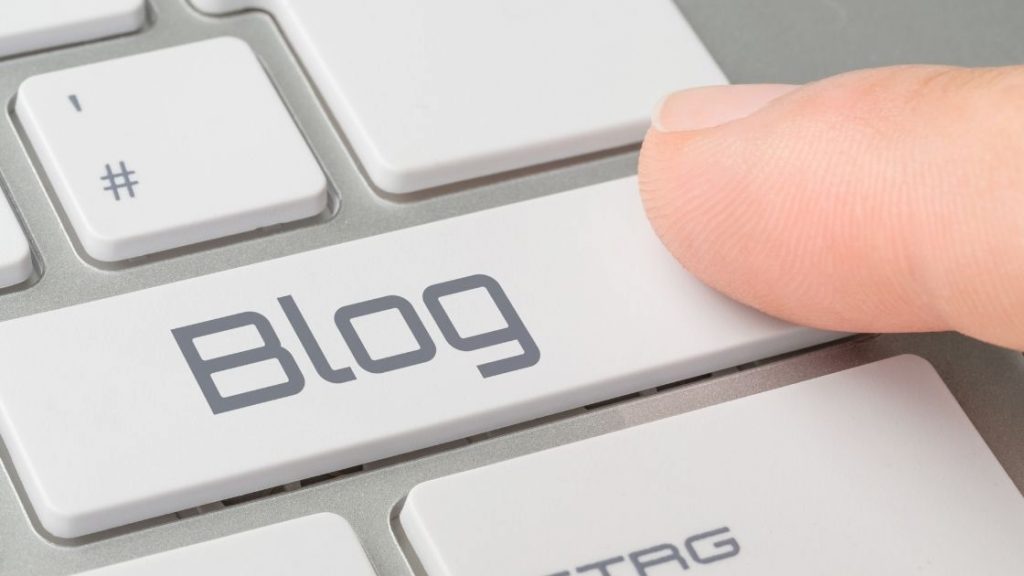If you want to make money on Etsy, but don’t have the time or ability to create homemade items to list on Etsy, you are in the right place.
There is a very simple and proven method to sell items on the Etsy marketplace without having to devote any time to making the item yourself.
The key to making money on Etsy without making anything is to use a dropshipping arrangement for the items you want to sell on Etsy. Because the actual products will be made and delivered by the dropshipping company, you do not need to manufacture the items or worry about delivery logistics. Another strategy is to sell downloadable digital products on Etsy, which can be produced at a low cost by experts you hire on platforms like Fiverr or Upwork.
Of course, the devil is in the details, so in this article, I am going to discuss how to do this in 5 simple steps and take you through each phase of the process, so you can get started right away.
But before we dive in, I’ll cover some key introductory questions, such as what is Etsy, how much does it cost to get started, and how much money can you make doing this.
We’ve got a lot to cover, so let’s get started.
This post may contain affiliate links. If you click on a link and complete a transaction, I may make a small commission at no extra cost to you.
The information contained in this post is for informational purposes only. It is not a recommendation to buy or invest, and it is not financial, investment, legal, or tax advice. You should seek the advice of a qualified professional before making any investment or other decisions relating to the topics covered by this article.
What is Etsy?
Etsy is a global online marketplace that connects sellers with buyers. The items that are for sale typically consist of vintage items, handmade and customized goods, art, and crafts, and similar items.
You can make money on Etsy by becoming a seller of these sorts of items and opening a virtual “storefront” on Etsy.
How Much Does it Cost to Start an Etsy Shop?
Opening a storefront on Etsy is free, but there are some modest costs to list items. To begin, you need to create an account before you can open a storefront.
As of the date of this article, Etsy charges $0.20 per listing, plus a 6.5% transaction fee when an item sells.
What is Dropshipping?
Dropshipping is an ecommerce arrangement where a business doesn’t keep the products it sells in stock. Instead, the business buys inventory as needed from a third party—usually a wholesaler or manufacturer—to fulfill orders.
So if a customer wants to buy an item from the business, the business orders the product at that time from the dropshipping manufacturer or wholesaler. They then fulfill on the order, including packing the item and delivering it straight to the customer.
No warehouse or storage is needed and there is no unused inventory to worry about. It’s basically buy and pay as you go. You are simply acting as the middleman in the transaction.
Awesome and super low-risk.
A similar strategy to dropshipping is print on demand. The only real difference between the two, is that with print on demand, you have the ability to customize your designs a bit more and have that customized product delivered instead of a ready made product.
If you want to learn how to start a print on demand business, check out my full tutorial here.
How Much Money Can You Make Selling Items on Etsy?
According to Salesamurai, the average successful Etsy seller makes between $43,000 to $46,000 per year.
But when you are starting out, it may take some time to gain traction. After all, there is a lot to learn.
So a better measure of how much money you can expect to make in the beginning might be your profit per item.
If you are using the dropshipping model, the profit margin for a printed t-shirt can be roughly $8-$10 per shirt. The dropshipping company may charge you around $14 for a shirt and you may be able to resell that t-shirt for between $22 to $24. Source
Step 1: Set Up Your Etsy Shop
As I mentioned earlier, you will need to create an account at Etsy and then set up a storefront. You’ll be asked to create a name for your storefront (don’t worry, you can change it later) and then you will be taken to your listing page.
That’s where you can start listing your items. You will have the option to upload photos and videos of your items as well as create a compelling title and description. An important note here is that you must include your own customized photos of your items. Do not use stock photos as they may violate Etsy’s policies.
How to do this? You can order a sample of your product from your dropshipping provider and use that to model your item. Take pictures and videos that you can use for your listing that show the sample product in the best light. Using customized photos and videos also adds to the handmade and unique feel that Etsy (and you) want to convey relating to your products.
Here’s where you’ll also set the price of your item, as well its categories, tags, etc.
Obviously, you should have figured out what type of items you will be focusing on before you actually list anything. This is referred to as your “niche.” When you have a focus, then buyers know what to expect when they visit your store. It can be t-shirts, mugs, or any number of digital products (which we’ll get into later).
Step 2: Set Up Your Dropshipping Arrangement
Ok, so we covered the concept of dropshipping earlier. Now it’s time to select a dropshipping partner.
Now I want to highlights that Etsy has some specific rules around what can and can’t be sold on their platform.
Their seller policy states that everything listed for sale on Etsy must be handmade, vintage, or a craft supply. To be considered handmade, you must have at least designed the product yourself in order to sell it on Etsy. You can have a “production partner” who handles the actual manufacture of the product, but you must disclose it in your listing.
For more details about qualifying as a handmade product and the type of production partners you can use, check out the Etsy Handmade policy here.
Obviously, you will want to choose a production partner that qualifies under Etsy’s rules, which basically include companies who perform printing, apparel printing, 3D-printing, casting, plating, engraving, cutting and sewing, and finishing.
There are a number of providers you can check out. If you don’t know where to start, check out Printify. They can fulfill on your custom designs and can connect directly to your Etsy store. Here’s the link that allows you to do that.
They even have a step by step walkthrough on how to designate Printify as your production partner in your Etsy listing.
Step 3: Create a Design to Use for Your Item
As mentioned earlier, you will need to create a unique design for your product. A great place to start is Canva. They are a platform that lets you create amazing designs for t-shirts, mugs and a whole host of other items.
They have a free plan where you can access templates or even start from scratch. If you get the paid plan, which on last check is like $12.99 per month, your library of images and tools are much bigger.
If you want to explore this option, you can try out the paid version for one month for free using my Canva link here.
Step 4: The Importance of SEO for Your Etsy Listing
As a blogger, I understand the importance of SEO (or search engine optimization), but when you are selling on Etsy, you also want to make sure that your listing is appropriately optimized so that Etsy’s search engine helps show your listing to the right audience.
Easier said than done, right? You can of course use trial and error and you will likely get better over time. But if you want another option, try Marmalead.com They use machine learning to help you optimize your listing for Etsy search. It’s an interesting concept.
Step 5: Don’t Forget About Digital Items
If you prefer not to dabble in physical products at all, Etsy also allows you to sell digital downloads on their platform. What types of downloads, you may ask? Here is a representative list of digital products you can consider selling on Etsy.
- Downloadable Patterns (for knitting, crocheting, sewing, etc.)
- Invitations (wedding, party, baby showers, etc.)
- Digital art (for tattoos, book covers, prints, etc.)
- Printable Games (for parties)
- Planners (for travel, business, meals, blogging, etc.)
- Gift tags (for high end gifts)
- Budget Templates
- Resume (CV) Templates
- Ebooks (note that you can also market and sell your ebooks on other platforms, such as Amazon KDP and Apple Books for Authors)
What I like about this strategy is that you don’t have to worry about items being out of stock or any other issues that are associated with traditional dropshipping. A customer simply orders the digital product and it is available for download right away.
If you want a comprehensive guide to selling downloadable content (printables, specifically) on Etsy, check out Gold City Ventures. They offer a course that will take you through this step by step. It’s relatively affordable when compared to other online business courses and is great for those who want expert guidance before taking the leap.
You can also get access to a free e-book and workshop (links below) if you want to get pointers now.
You don’t get much more passive than that!
Conclusion
So there you have it – 5 simple steps to making money on Etsy without making anything. If you want more great passive income ideas that don’t cost much to start, check out my article on 9 Low Cost Passive Income Ideas That Work [All Under $500].

